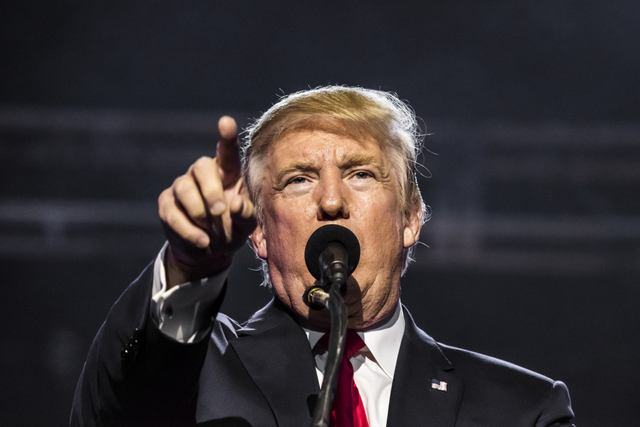Beyond the OBBB: Solar facing a federal pile-on of duties and delays

The solar industry is still scrambling to understand the implications of the OBBB. Now comes the real pile-on. A series of memos, trade actions, and departmental directives are creating a regulatory fog that could smother project pipelines and reshape solar economics for years. Here’s what’s hitting next.
New restrictions in a series of memos
Treasury to redefine “beginning of construction” and safe harbor rules | ICYMI, Trump directed the Treasury Department to issue “new and revised guidance” within 45 days to restrict which projects will still qualify for solar tax credits. The order, subtly titled “ENDING MARKET DISTORTING SUBSIDIES FOR UNRELIABLE, FOREIGN CONTROLLED ENERGY SOURCES,” will redefine what constitutes “the beginning of construction” to restricting the use of “broad safe harbors” unless a “substantial portion of the facility has already been built.”
Department of Interior to personally approve all actions of solar project permitting | Did you think the interconnection queue moved a little too fast? Well, you’re in luck. A new secretarial order from the Department of the Interior states that “all decisions, actions, consultations, and other undertakings” that are “related to wind and solar energy facilities” under federal permitting review will now require personal sign off by the Secretary of the Interior. The memo lists 69 actions that “shall require submission to the Office of the Executive Secretariat and Regulatory Affairs, and require by the office, encompasses every aspect of project development. A sample:
- Notices to proceed
- Approval letters
- Plans of development
- Site assessment plans
- Preconstruction environmental surveys
- Temporary use permits
At the exact same time that all of this red tape is being unspooled, Trump signed a proclamation granting coal power plants two years of relief from environmental regulations, calling it vital to national security.
REAP grants going away | The Rural Energy for America Program (REAP) has helped farmers install solar, energy-efficient grain dryers, and other cost-saving clean energy improvements for more than two decades. Since 2014, REAP has provided more than $1.2 billion for more than 13,000 solar projects, making up about 70% of the total REAP dollars. But now, under Trump, the REAP program has been disrupted. Canary Media reports that “a recent U.S. Department of Agriculture policy document, which outlines a strategy to ”Make Agriculture Great Again,’ says that going forward, REAP will disincentivize solar on “productive farmland.”
More tariffs on the way
More AD/CVD duties for solar cells | New anti-dumping and countervailing duty petition has been filed against imports of solar cells (whether or not assembled into modules) from India, Indonesia, and Laos. Of 585 petitions for AD/CVD petitions receive by Department of Commerce from 2011 through 2021, Commerce initiated 585 AD/CVD cases. The ITC provided affirmative preliminary determinations in 564 of these cases. Stands to reason that there will indeed be new AD/CVD duties at the end of this process.
Duties on polysilicon | In what could essentially serve a global AD/CVD case against any module linked to a China in any way, a Section 232 case on polysilicon could be initiated. The filing from Department of Commerce stated: “On July 1, 2025, the Secretary of Commerce initiated an investigation to determine the effects on the national security of imports of polysilicon and its derivatives. This investigation has been initiated under section 232 of the Trade Expansion Act of 1962, as amended (Section 232).”
Anode Antidumping duties. | On July 17, the US Department of Commerce issued a preliminary antidumping (AD) duty of 93.5% for a list of specified producers and a country wide rate of 102.72%. The petitioners were seeking duties in the range of 828-921%. Roth Capital estimates the combined AD/CVD rates on anodes could add about 11% to 12% to the cost of a lithium-ion cell, and 5% to 6% to the cost of a DC block.
“Raw active anode material, battery cells, and battery modules remain within scope and are subject to duties. This creates a potential cost disadvantage for manufacturers with U.S.-based operations that rely on imported anode material or upstream components,” wrote Justin Clare with Roth in an industry note.
Not to mention FEOC
Note that this roundup doesn’t even include the Foreign Entities of Concern (FEOC) rules tied to tax credits within the OBBB, which could be the most burdensome tax credit hurdle in the OBBB.
The FEOC restrictions in the OBB bar certain projects from claiming solar and wind tax credits starting in tax years beginning after July 4, 2025. FEOC companies would be those on U.S. restricted lists such as China, Russia, Iran, North Korea. The key hurdle everyone is focused on is the Material Assistance rule. Projects must ensure a minimum portion of solar or storage system components are not sourced from prohibited entities. For solar and wind projects with construction starting in 2026, at least 40% of manufactured products must be free of FEOC ties; this increases to 60% for later years. Thresholds are higher for storage projects: 55% in 2026, increasing to 75% by 2029.





Comments are closed here.